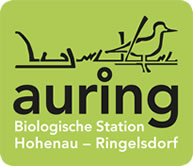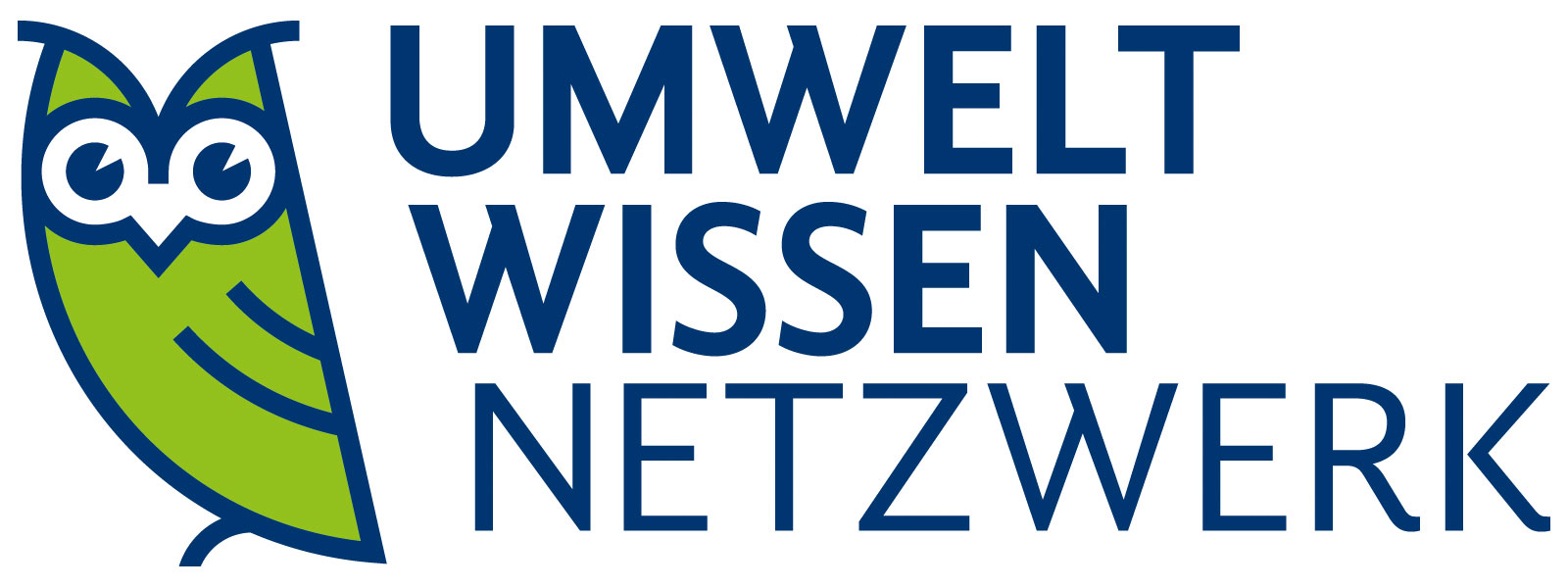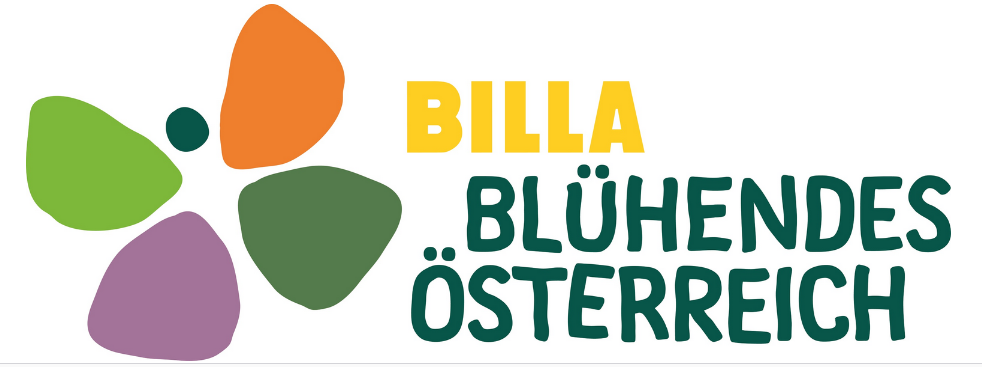Loving storks means protecting frogs
Amphibians are coming under pressure worldwide due to interference in ecosystems and the loss of suitable habitats. The expansion of transport networks plays a major role in this regard.
Frogs, toads and newts cover distances ranging from a few metres to a few kilometres during the course of the year. Roads cutting through the habitat mosaic cause a large number of traffic casualties.
Amphibians are strictly protected in Austria. However, due to the expansion of the Morava Road in the course of the opening of the border, the populations of 12 amphibian species in this Natura 2000 site were endangered. The construction of an amphibian underpass system along the road was a legal requirement for the operation of the border crossing. Guiding structures now lead amphibians and other small animals to the tunnels, where they can safely cross under the road any time.
More information on amphibian conservation along roads: www.noe-amphibienschutz.at
AURING Association: experiencing, observing, exploring and protecting nature
As a former industrial site belonging to a sugar refinery, the wetland of the Hohenau-Ringelsdorf settling ponds is man-made. Today, these valuable sites provide highly significant habitat, especially for waterbirds and waders, as well as for amphibians. Since 1996, the AURING Association has been preserving and managing these internationally renowned “vogel.schau.plätze”.
The AURING Association promotes scientific research in the Morava-Thaya floodplains. Bird migration research is carried out at the Biological Station Hohenau-Ringelsdorf. The station is operated every Friday to Monday from July through October, and visitors are invited to watch the bird ringing during these times.
AURING nature educators are active in raising awareness around the issue of wetland habitats. A variety of events for all age groups, excursions and special school projects offer participants the opportunity to experience nature first-hand.
The hides at the interim storage basins (ZL) and settling ponds (AB), which are freely accessible at all times, offer interesting observation points.
Amphibians of the settling ponds
As a former industrial site belonging to a sugar refinery, the wetland of the Hohenau-Ringelsdorf settling ponds is man-made. Today, these valuable sites provide important refuges, especially for waterbirds and waders, as well as for amphibians. Since 1996, the AURING Association has been preserving and managing these internationally renowned “vogel.schau.plätze”.
The settling ponds before you are managed by the AURING team in coordination with the landowner, the Prince of Liechtenstein Foundation, according to the conservation needs of migratory and breeding birds as well as amphibians. When the first ponds are flooded in February or March, frogs and other amphibians appear immediately, emerging from their winter quarters. Because the ponds dry out in winter, they are free of fish and thus provide an ideal breeding environment for the amphibians. The surrounding habitat mosaic of well-connected summer and frost-free winter quarters also benefits these commuters between land and water.
Scientic bird ringing at the Biological Station Hohenau-Ringelsdorf
What is scientific bird ringing...
Every year since 1994, from the beginning of July to the end of October, birds have been caught with fine nets here in the vicinity of the station, and individually marked with suitable metal rings by specially trained bird ringers. Each ring is engraved with a unique number and an abbreviation of the country's ringing centre. Data on age, sex and body condition are also collected before the birds are released.
...and what can we learn from it?
Where do birds come from and where do they migrate to?
For a long time, studying bird migration was the main goal of bird ringing, and we can still gain valuable data about the migration routes of our birds this way, even today. While many of the birds we capture during the season actually breed on the settling ponds, others only use them as a resting and feeding habitat on the long journey to their wintering grounds further south. Every so often, a bird already carrying a ring is caught in one of our nets, or a bird ringed by us is recaptured elsewhere. Since the ringing centres maintain an international exchange of data, it is thereby possible to draw conclusions about migratory behaviour.
What do birds die from? (And what can one do against it?)
Austria-wide ringing data shows that human infrastructure poses a life-threatening risk to birds. Bird collisions on glass surfaces, in road traffic or with power supply and railway facilities are commonplace. For example, one in four collided birds whose ring number was reported was found injured or dead near a glass surface. However, suitable markings on panes of glass are very effective in reducing this risk. To determine which patterns on glass surfaces are most effective, the Biological Station Hohenau-Ringelsdorf operates a flight tunnel that is unique in the world. This tunnel allows testing of glass markings under standardised conditions to determine which markings are effective enough to warrant the term "bird protection glass", while other patterns, applied films or prints do not represent real solutions to the problem. The experiments have shown, for example, that certain maximum distances (e.g. 10 cm for vertical stripes, 9 cm for dotted grids and 5 cm for horizontal lines) are effective in preventing collisions.
What age can birds reach?
Recaptures of ringed birds also allow conclusions to be drawn about their life expectancy. Many young birds do not survive the first year of life. However, once they have successfully overcome their first winter and migration, their life expectancy increases significantly. Small passerines can then live for five or even 10 years. For example, a Marsh Warbler first ringed here as a juvenile in 2003 was last recaptured at the same site 9 years later. Marsh Warblers winter about 8,000 km away in southern Africa. This bird, measuring 14 cm and weighing only 12 g, had thus already covered a distance of at least 144,000 km in its lifetime – about 3.5 times the circumference of the Earth.
How is the bird assemblage of the settling ponds changing?
Standardised bird ringing also provides us with information on population changes in birds. With time, we can tell which species are growing in numbers and which are becoming more scarce. The AURING Association develops an annual management plan with different measures (e.g. cutting, ploughing, watering) in cooperation with the landowner, the Prince of Liechtenstein Foundation. This creates wetlands and certain vegetation forms that are important for endangered bird species, but have become rare in today’s landscapes. The focus here is particularly on the Bluethroat, a species that has already become very rare in Austria.
You too can contribute to the study of our birdlife by reporting rings read on both live and dead birds at www.klivv.at.
You are also welcome to watch the bird ringing live: from July to October, every Friday to Sunday from 07:00 - 17:00 and every Monday from 07:00 - 10:00.









